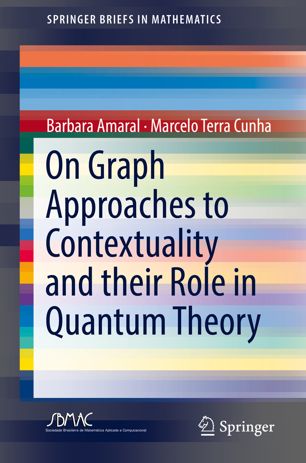

Most ebook files are in PDF format, so you can easily read them using various software such as Foxit Reader or directly on the Google Chrome browser.
Some ebook files are released by publishers in other formats such as .awz, .mobi, .epub, .fb2, etc. You may need to install specific software to read these formats on mobile/PC, such as Calibre.
Please read the tutorial at this link: https://ebookbell.com/faq
We offer FREE conversion to the popular formats you request; however, this may take some time. Therefore, right after payment, please email us, and we will try to provide the service as quickly as possible.
For some exceptional file formats or broken links (if any), please refrain from opening any disputes. Instead, email us first, and we will try to assist within a maximum of 6 hours.
EbookBell Team

4.8
14 reviewsThis book explores two of the most striking features of quantum theory – contextuality and nonlocality – using a formulation based on graph theory. Quantum theory provides a set of rules to predict probabilities of different outcomes in different experimental settings, and both contextuality and nonlocality play a fundamental role in interpreting the outcomes. In this work, the authors highlight how the graph approach can lead to a better understanding of this theory and its applications. After presenting basic definitions and explaining the non-contextuality hypothesis, the book describes contextuality scenarios using compatibility hypergraphs. It then introduces the exclusivity graph approach, which relates a number of important graph-theoretical concepts to contextuality. It also presents open problems such as the so-called Exclusivity Principle, as well as a selection of important topics, like sheaf-theoretical approach, hypergraph approach, and alternative proofs of contextuality.